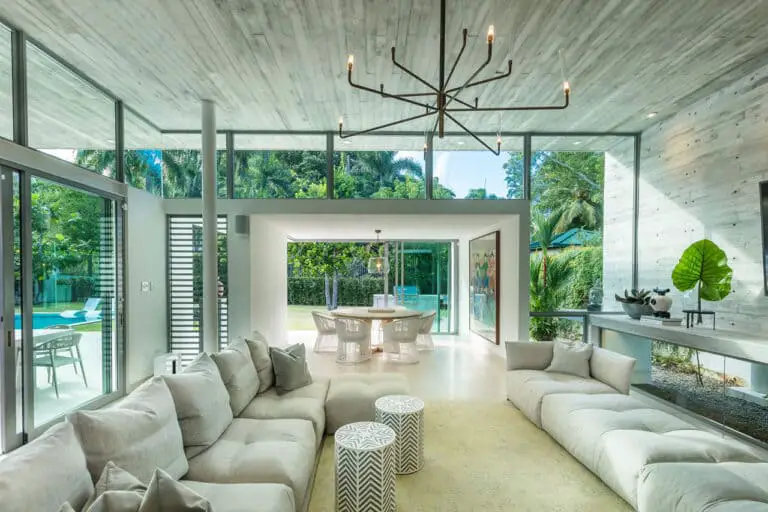In the realm of modern architecture, the design of home windows has evolved significantly, influenced by both emerging trends and advancements in technology. Today’s homeowners and designers are increasingly focusing on aesthetics, energy efficiency, and advanced functionalities, making window design a pivotal aspect of contemporary home building and renovation.
Current Trends in Home Window Design
The modern home window landscape is characterized by a few key trends that dictate the aesthetics and functionality of residential spaces. These trends not only enhance the visual appeal of homes but also contribute to sustainability and comfort.
- Minimalist Frames and Large Glass Panels: The shift towards minimalist design continues to dominate, with slim frames and large glass panels becoming increasingly popular. This design maximizes natural light and offers expansive outdoor views, effectively blurring the boundaries between indoor and outdoor spaces.
- Energy Efficiency: As global emphasis on sustainability intensifies, energy-efficient windows are becoming a standard. Double or triple glazing, low-E coatings, and inert gas fills are among the technologies that improve insulation, reduce energy costs, and enhance the comfort of living spaces.
- Smart Windows: Technological integration has led to the rise of smart windows equipped with technologies that allow users to control the opacity of the glass, thereby adjusting light and privacy settings with a simple click or voice command. This smart functionality aligns perfectly with the increasing demand for smart home systems.
- Eco-Friendly Materials: There is a growing preference for materials that are both sustainable and durable. Fiberglass, vinyl, and wood that come from responsibly managed forests are popular choices. These materials are not only eco-friendly but also offer superior durability and thermal resistance.
- Bold Colors and Custom Designs: Moving away from standard whites and grays, bold and personalized color choices in window frames are becoming popular. Custom designs that reflect personal style or complement the architectural design of the home are also in demand.
Technological Innovations Shaping Modern Windows
Advancements in technology have introduced a range of functionalities that not only increase the utility of windows but also their role in home automation and energy management.
- Thermal and Acoustic Insulation Technologies: Innovations such as vacuum-insulated glass and noise-cancelling glass technologies significantly enhance the thermal and acoustic insulation properties of windows. These technologies are vital for homes in noisy urban environments or extreme weather conditions.
- Photovoltaic Glass: Windows that can generate electricity through integrated photovoltaic cells are a groundbreaking development. This technology transforms windows into energy sources, providing a green solution by harnessing solar energy.
- Automated Shades and Blinds: Integrated blinds or shades that can be controlled remotely or through smart home systems are gaining traction. These systems offer convenience and improve the energy efficiency of homes by regulating the amount of light and heat entering through the windows.
Integrating Windows into Modern Home Design
Integrating modern window designs into home architecture requires a thoughtful approach that considers both aesthetic and functional aspects:
- Seamless Integration: Windows should complement the architectural style of the home. Whether it’s a traditional design requiring wooden frames or a modern one calling for sleek, aluminum frames, the choice of windows can profoundly impact the overall aesthetic.
- Positioning for Natural Light: Strategic placement of windows can maximize natural lighting and enhance heating and cooling efficiencies, significantly reducing reliance on artificial lighting and energy consumption.
- Customization Options: Customizable window designs offer the flexibility to meet specific needs and preferences. Whether it’s choosing the type of glass or the frame material, customization allows homeowners to define the functionality and appearance of their windows.
Conclusion
The design of home windows is a critical component of modern architecture, deeply influenced by current trends and technological advancements. As homeowners become more conscious of energy efficiency, sustainability, and technological integration, the role of windows in home design is set to become more pivotal. Embracing these trends and technologies can significantly enhance the comfort, efficiency, and aesthetic appeal of modern homes.


